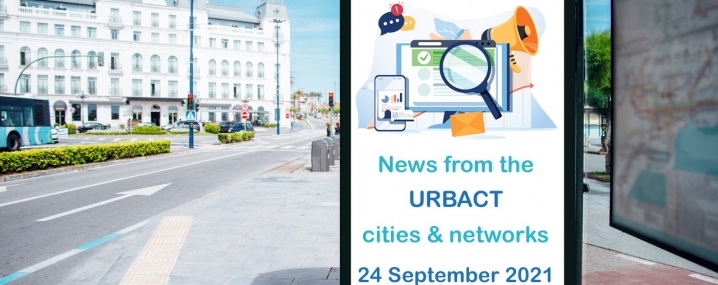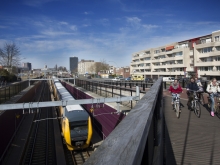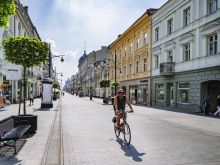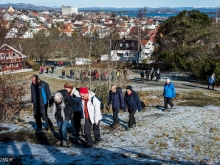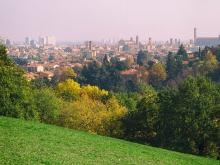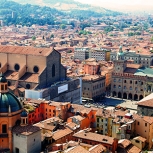
Bologna
The city of Bologna, located in northern Italy midway between Milan and Florence, is a crossroads for people and goods between the country’s north and south. It is the capital of the Emilia-Romagna region with a population of 375,000, which rises to almost 1 million in the wider metropolitan area. The city’s biggest employers are manufacturing, trade and construction. It also has a large number of co-operative organisations. Bologna provides good quality health care, pre-school education, social, cultural and sports services and is actively involved in several international projects. Yet it has had to face rising unemployment, over 6%, and an ageing population due to its low birth rate.
The city is a centre of entrepreneurship, culture, research and development—with a student population of 63,000. Bologna is a highly cultured city with an important built heritage. Its historical centre is still very well preserved and contains important Medieval, Renaissance, and Baroque artistic monuments. Its tenure as European Capital of Culture in 2000 boosted the city’s lively arts scene, and it has many museums, bookshops, theatres and festivals. In 2008, cultural and creative industries represented almost 8% of companies in Emilia-Romagna.
The University of Bologna is the oldest in the Western world, while the music college—the G.B. Martini Conservatoire—is one of the oldest in Italy. Bologna also hosts the internationally important Cineca, Italy’s largest computing centre, made up of a consortium of Italian universities.
SOME RELATED NETWORKS
Roma-NeT II
URBAN - REGENERATION - MIX
News
News from our networks – 26 March 2021
Article
More URBACT learning for better funding
Article
Listen to this URBAN REGENERATION MIX!
Article
How to design and co-create greener cities?
Article

